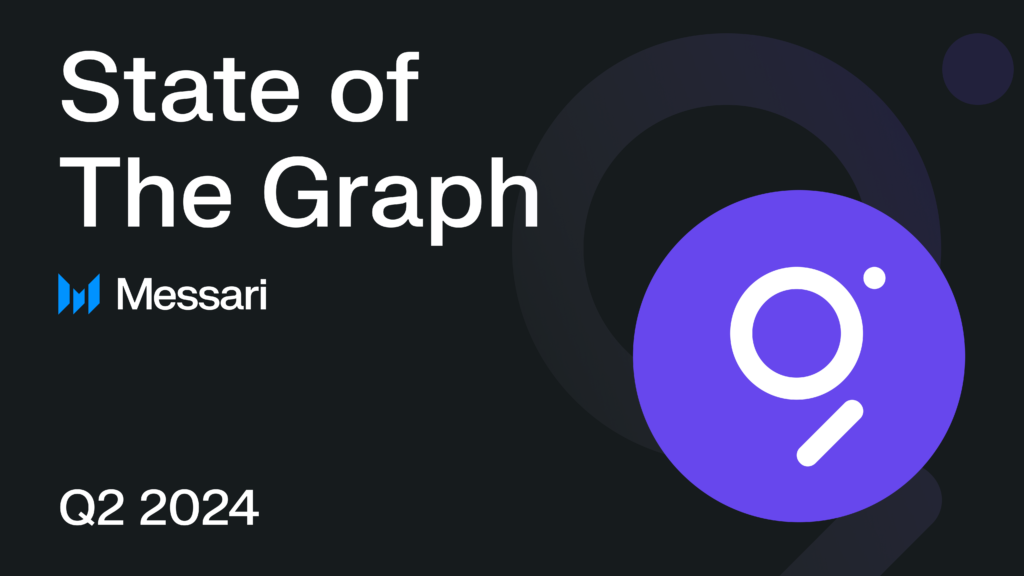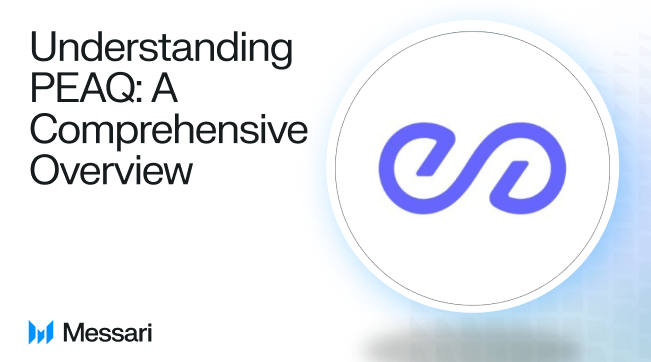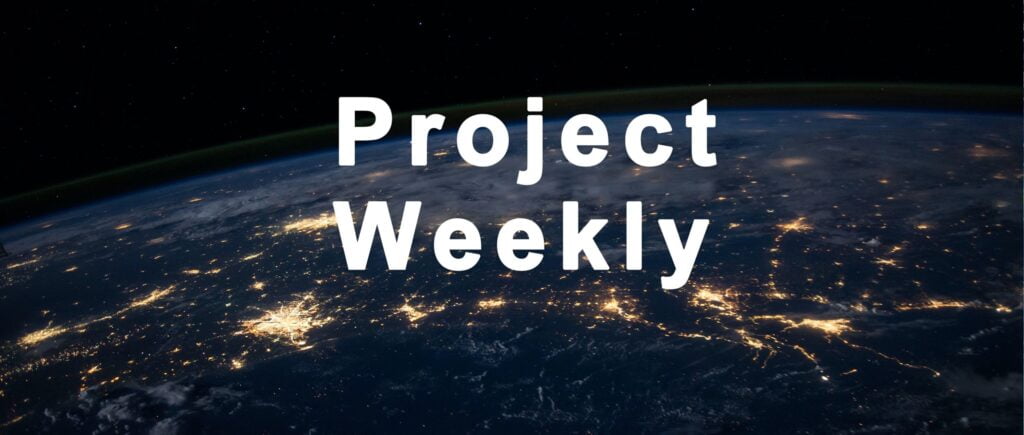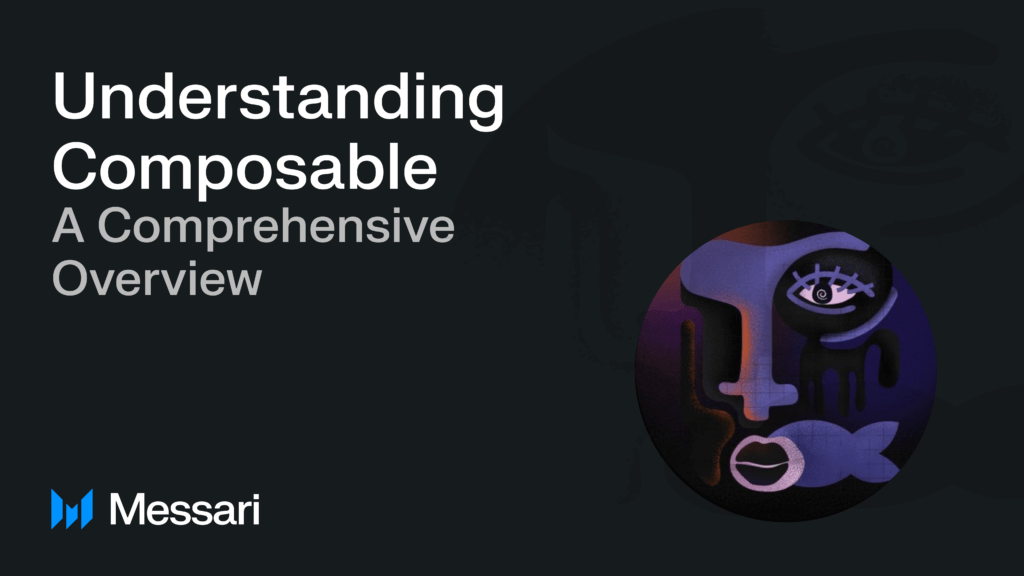Research Summary
The report introduces Atlas, a dashboard tool for comparing web3 data providers. It provides insights into the performance of data providers across different chains and regions. The tool is designed to assist developers, researchers, and providers in making informed decisions based on specific data needs.
Key Takeaways
Atlas: A Comprehensive Dashboard for Web3 Data Providers
- Atlas Overview: Atlas is a time-indexed dashboard that compares the latency of data providers across different chains and regions. It aims to expand from RPCs to API providers and indexers, providing a comprehensive overview of provider performance.
- Atlas Features: Users can use the dashboard to get an overview of RPC provider performance over a custom period, filter by chain, region, and provider, and navigate to a specific provider for further insights into their request latency, most performant chains and regions, and the availability of WebSocket vs. HTTP endpoints.
Atlas: A Tool for Developers, Researchers, and Providers
- Target Users: Atlas can be used by developers to compare RPC and other data providers’ performance for any given chain(s), researchers to monitor data provider performance, and providers to compare the performance of their infrastructure vs. that of others in the industry.
Atlas: How It Works
- Probing Mechanism: Atlas deploys multiple independent probes per region to ping and measure response times from a given provider’s API. These probes send all measurements to a single BigQuery database, which is then transformed into its final form for analysis in Looker Studio.
- Looker Studio: Data is analyzed on Looker Studio, which converts the raw data into customizable dashboards to provide insights such as average request latency per region, detailed breakdown of latency metrics by region, and overall performance metrics by chain and provider.
Future Plans for Atlas
- Atlas Expansion: Future plans for Atlas include a submission flow for data providers to add their endpoints, improving UI/UX on the dashboard, expanding from RPCs to API providers and indexers, adding data for paid endpoints, and adding more networks like Bitcoin, Solana, etc.
Actionable Insights
- Consider Atlas for Data Comparison: Developers, researchers, and providers should consider using Atlas for comparing the performance of web3 data providers across different chains and regions. It provides a comprehensive overview of provider performance, which can help in making informed decisions.
- Monitor Atlas for Future Updates: With plans for expansion and improvement, users should keep an eye on Atlas for future updates. These updates may provide more comprehensive data and improved user experience.
- Engage with Atlas Team: Users interested in helping with the future plans of Atlas or wanting to learn more about the tool should reach out to the Atlas team via Twitter or email.











